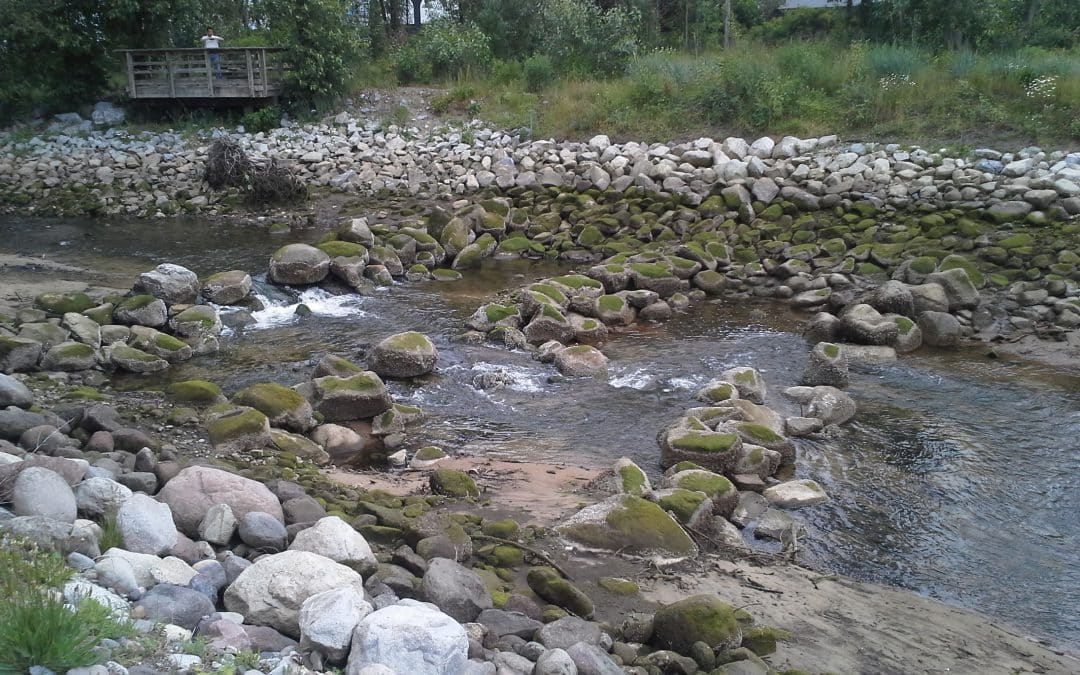The Vancouver Shipyards Modernization Project involved the development of a shipbuilding and ship repair centre, which included reconfiguring existing buildings, eight new buildings and a load‑out facility. The $170 million dollar project was completed under budget and ahead of schedule. The project required a Fisheries Act Authorization to offset residual impacts to fish and fish habitat. Keystone Environmental provided environmental monitoring, marine and riparian habitat assessments, habitat compensation design, environmental permitting, drafting an environment management plan (EMP) specific to the project, Environmental Site Assessment (ESA), remediation, Ministry of Environment (MOE) authorizations, and reporting.
Habitat assessments were conducted in both the marine foreshore and mouth of McKay Creek. Marine biophysical survey protocols established by Fisheries and Oceans Canada were followed to identify and characterize fish habitat. Detailed species lists were developed to describe the type, abundance, and elevation range of organisms present, and habitat polygons were identified on figures. Permits and authorizations were obtained. Keystone Environmental designed a habitat compensation plan that involved the construction of approximately 2,000 m2 of fish habitat in the form of removal of invasive species, riparian restoration planting, and removal of a concrete weir to enhance fish passage.
Keystone Environmental prepared an EMP that was tailored to the project by incorporating requirements from the Fisheries Act Authorization, habitat assessment, best management practices, and existing site conditions. The EMP was used by the marine contractor to perform the works. Environmental monitoring was performed throughout the project. Our environmental monitors oversaw the deployment of a silt curtain around the project area and conducted fish salvages prior to construction near McKay Creek. Construction activities were monitored for compliance with the Fisheries Act Authorization and EMP. Weekly monitoring reports were issued to the project team. Post-consulting services included completing an as-built survey and performing post-construction effectiveness environmental monitoring as described in the Fisheries Act Authorization to determine if the habitat compensation was functioning.

